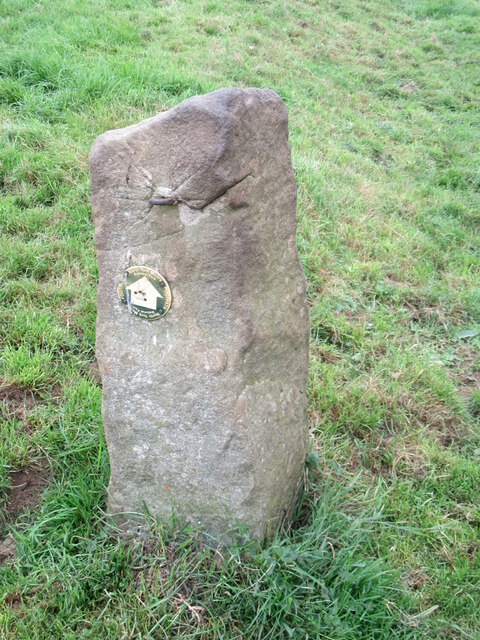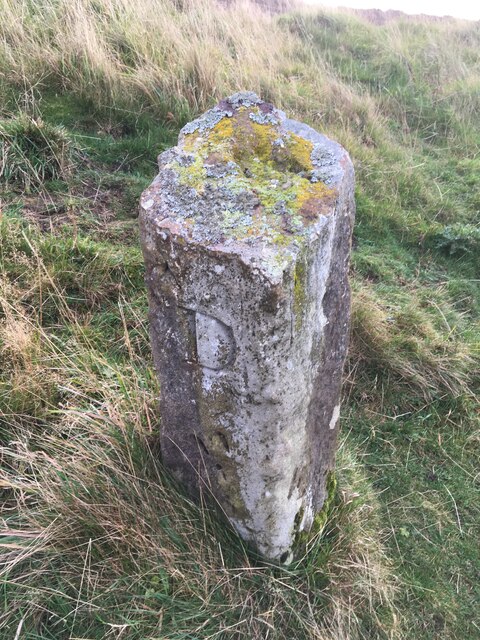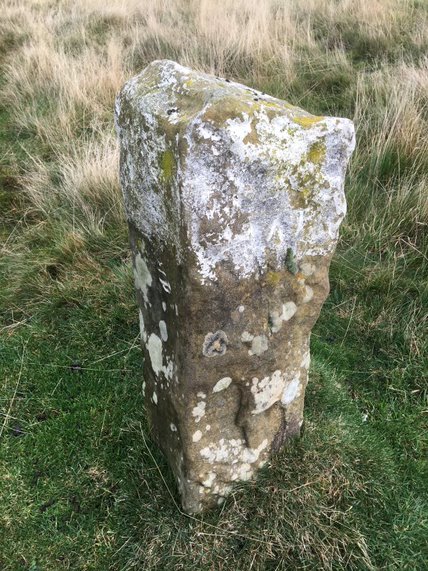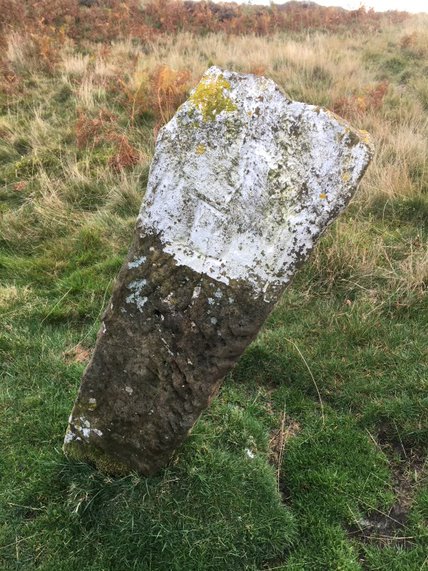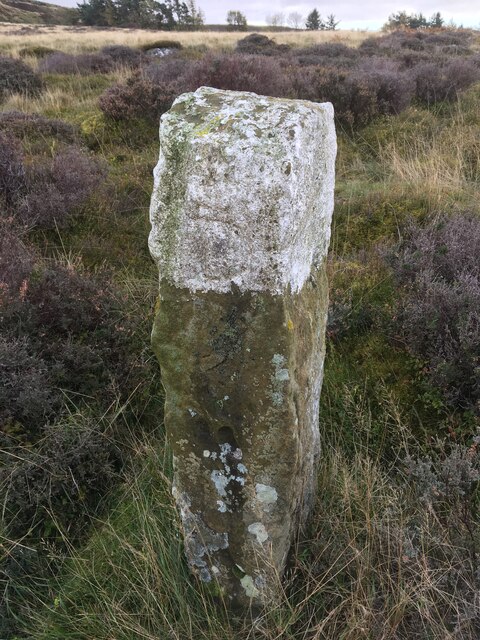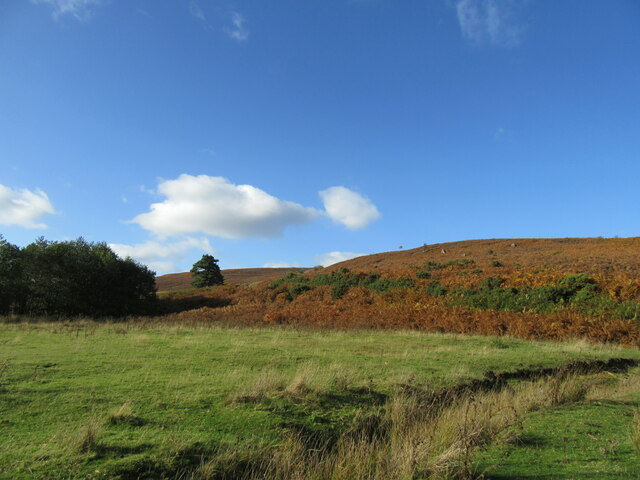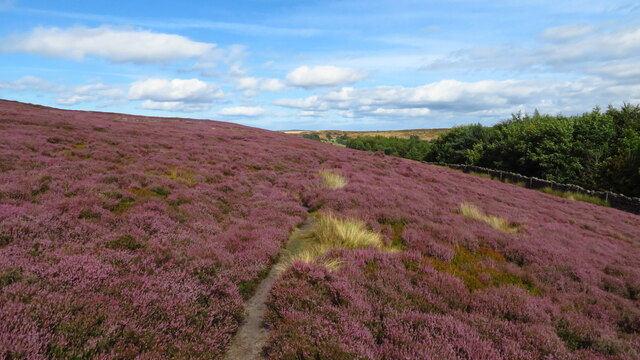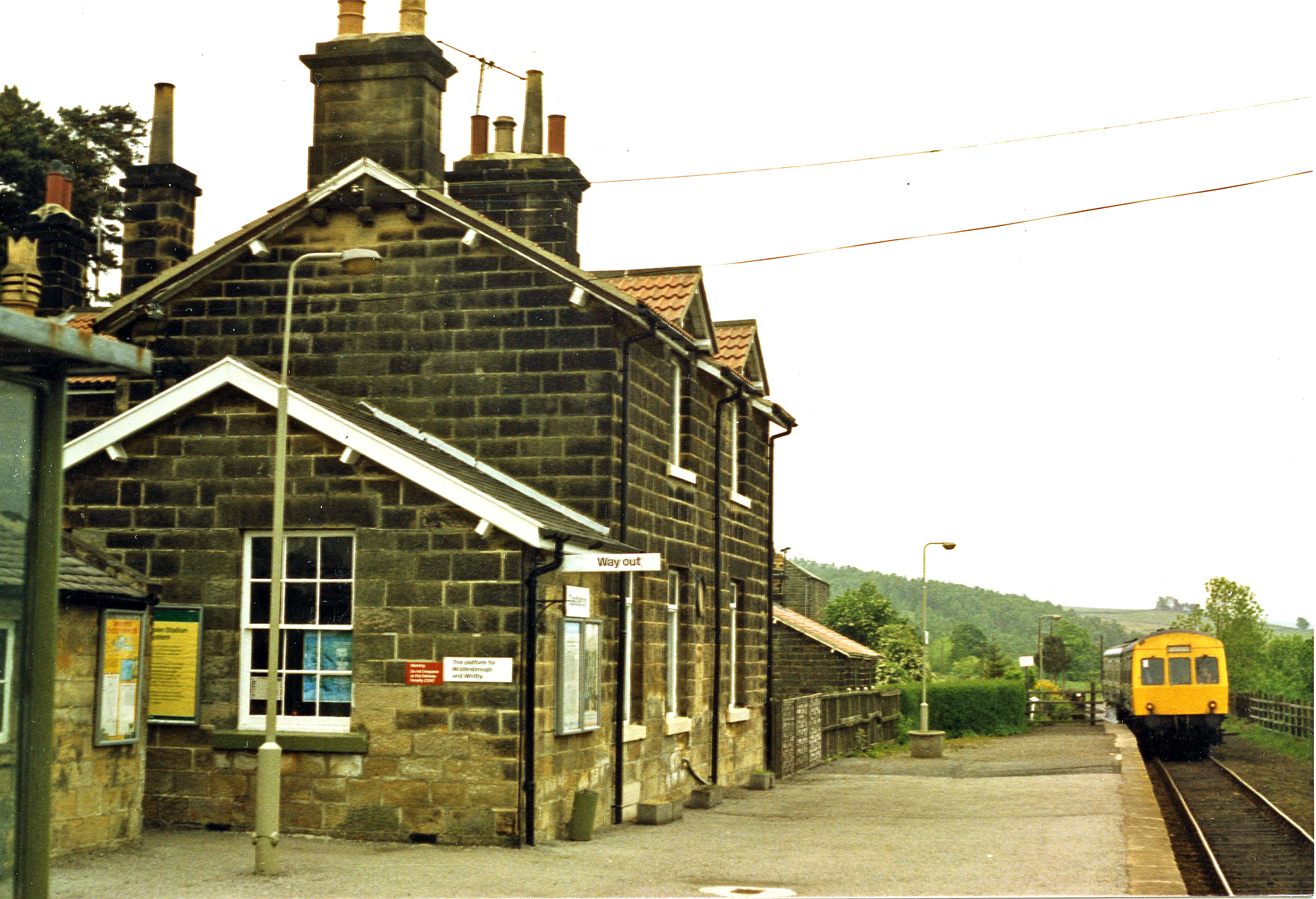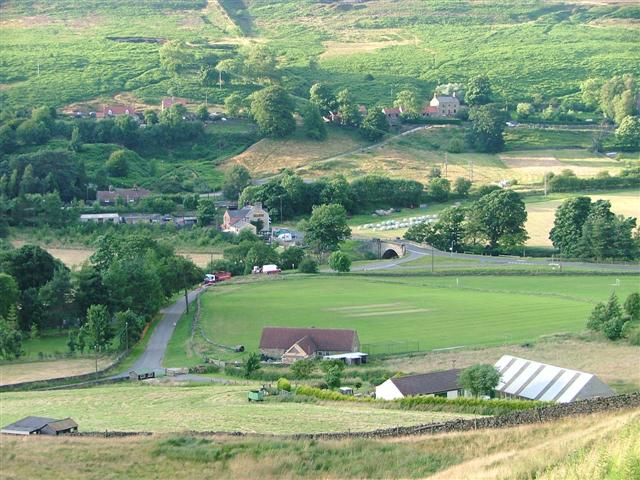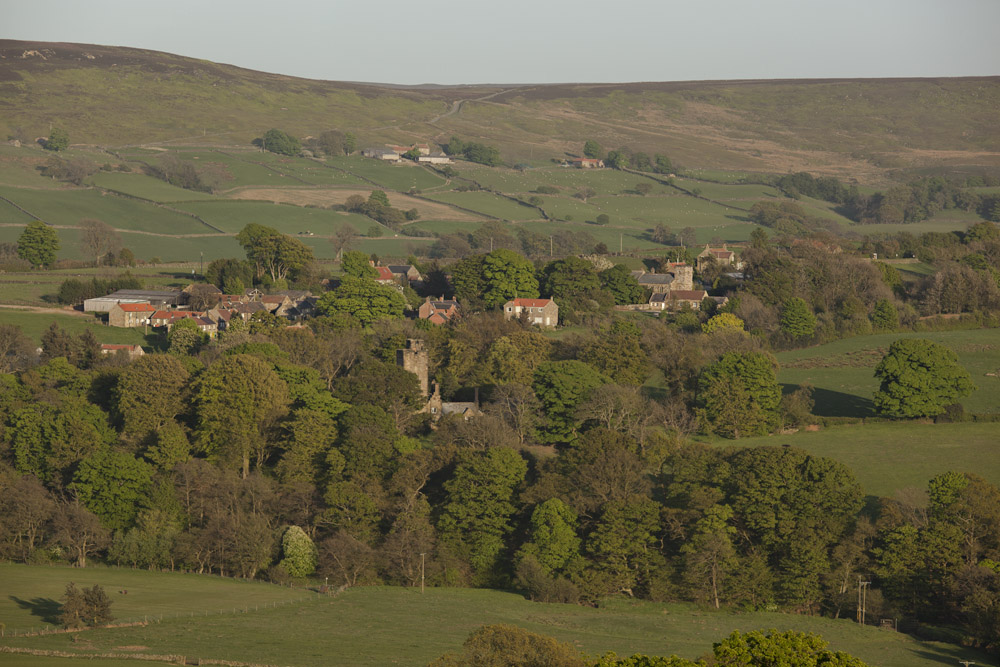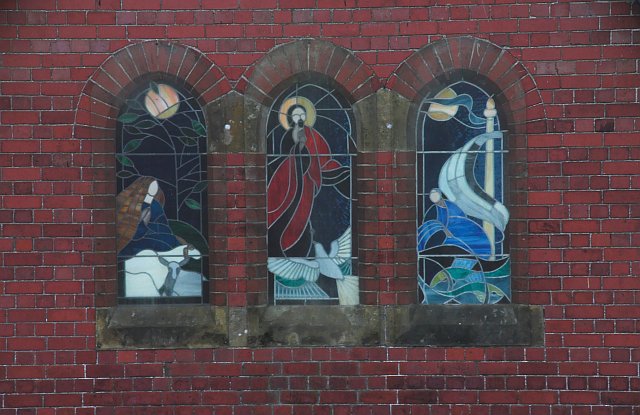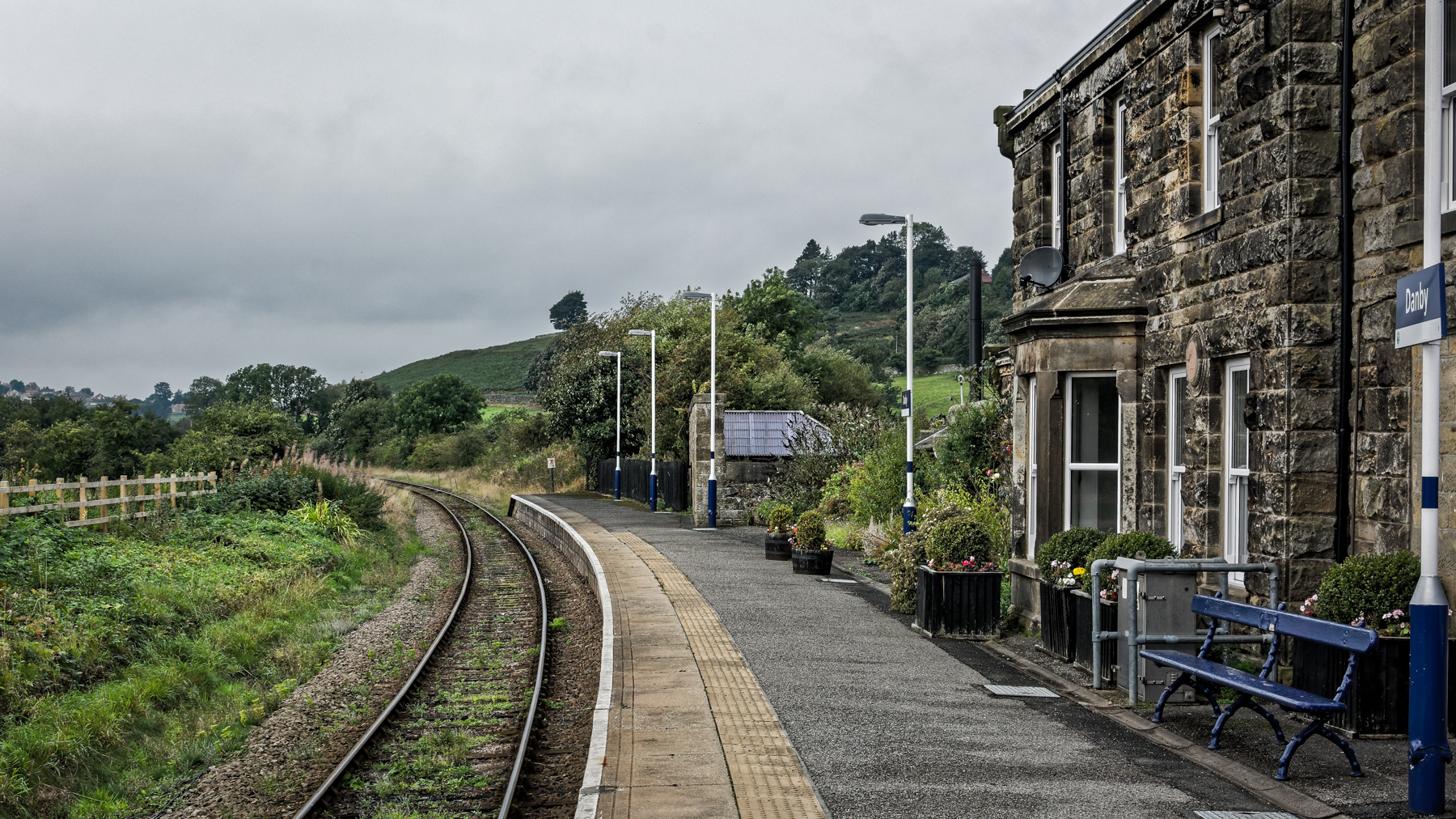Dibble Bridge Wood
Wood, Forest in Yorkshire Scarborough
England
Dibble Bridge Wood
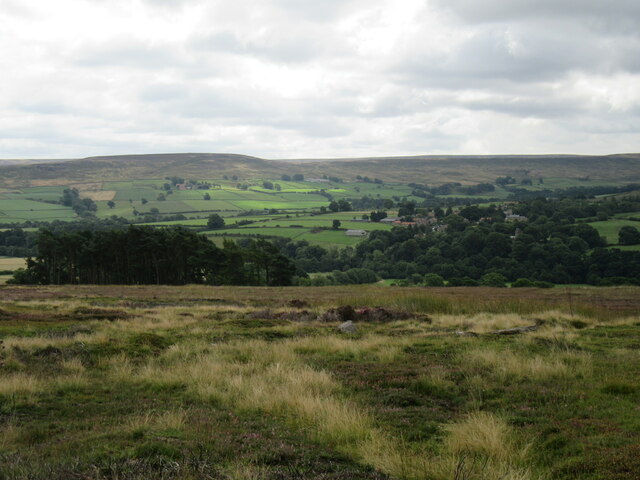
Dibble Bridge Wood is a picturesque woodland located in Yorkshire, England. Nestled in the heart of the county, this enchanting forest covers an area of approximately 100 hectares. It is situated near the village of Hebden, providing locals and visitors with a serene and tranquil escape from the bustling city life.
The wood is characterized by its diverse range of flora and fauna, making it an important ecological site. It is home to a variety of tree species, including oak, beech, and birch, which create a vibrant canopy that filters sunlight and creates a serene ambiance. The forest floor is carpeted with bluebells and wildflowers during spring, adding a pop of color to the surroundings.
Dibble Bridge Wood is crisscrossed by a network of footpaths, allowing visitors to explore the area and enjoy the natural beauty at their own pace. The paths wind through the trees, offering glimpses of wildlife such as deer, foxes, and various bird species. The sound of birdsong fills the air, creating a soothing atmosphere for those seeking solace in nature.
The wood is also home to Dibble Bridge, a charming stone bridge that spans a small stream. This picturesque feature adds to the overall charm of the woodland and provides a picturesque spot for photographers and nature enthusiasts.
Overall, Dibble Bridge Wood is a hidden gem in Yorkshire, offering a peaceful retreat for nature lovers and a chance to immerse oneself in the beauty of the natural world. Whether it's a leisurely stroll, birdwatching, or simply enjoying the tranquility, this woodland is a must-visit destination for anyone seeking a connection with nature.
If you have any feedback on the listing, please let us know in the comments section below.
Dibble Bridge Wood Images
Images are sourced within 2km of 54.461566/-0.96596749 or Grid Reference NZ6707. Thanks to Geograph Open Source API. All images are credited.
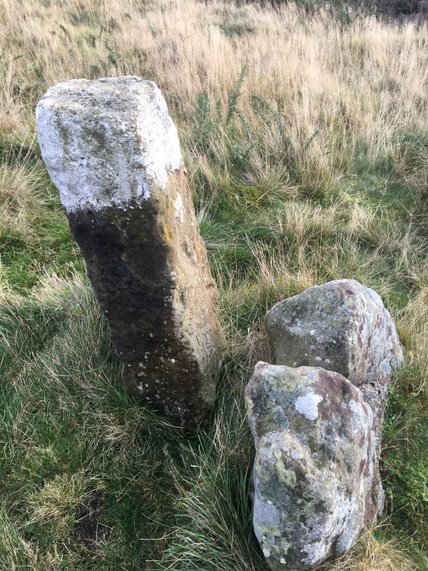


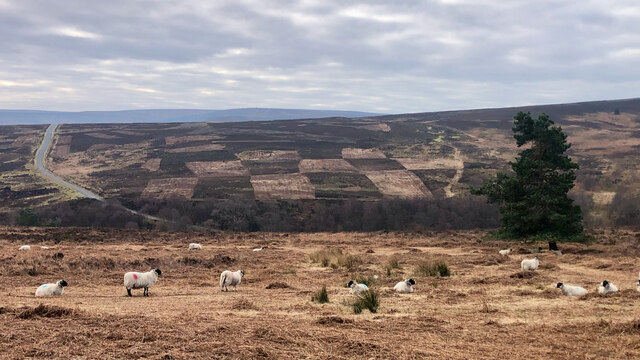
Dibble Bridge Wood is located at Grid Ref: NZ6707 (Lat: 54.461566, Lng: -0.96596749)
Division: North Riding
Administrative County: North Yorkshire
District: Scarborough
Police Authority: North Yorkshire
What 3 Words
///quitter.emails.companies. Near Danby, North Yorkshire
Nearby Locations
Related Wikis
Castleton Moor railway station
Castleton Moor is a railway station on the Esk Valley Line, which runs between Middlesbrough and Whitby via Nunthorpe. The station, situated 16 miles 45...
Castleton, North Yorkshire
Castleton is a village on the River Esk, part of the civil parish of Danby in the county of North Yorkshire in England. It can be found 7.1 miles (11.5...
Westerdale Preceptory
Westerdale Preceptory was a priory in Westerdale, North Yorkshire, England. The land was donated to the Knights Templar by Guido de Bovingcourt in 1203...
Commondale railway station
Commondale is a railway station on the Esk Valley Line, which runs between Middlesbrough and Whitby via Nunthorpe. The station, situated 16 miles 72 chains...
Westerdale
Westerdale is a village, civil parish and dale within the Scarborough district of North Yorkshire, England. The Esk Valley Walk runs through part of the...
Commondale
Commondale is a village and civil parish in the Scarborough district of North Yorkshire, England that lies within the North York Moors National Park....
Ainthorpe
Ainthorpe is a village in the civil parish of Danby and the Scarborough district of the county of North Yorkshire, England. It is situated within the...
Danby railway station
Danby is a railway station on the Esk Valley Line, which runs between Middlesbrough and Whitby via Nunthorpe. The station, situated 15 miles 9 chains...
Nearby Amenities
Located within 500m of 54.461566,-0.96596749Have you been to Dibble Bridge Wood?
Leave your review of Dibble Bridge Wood below (or comments, questions and feedback).
